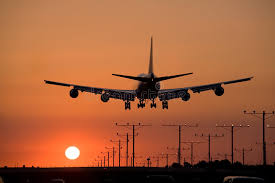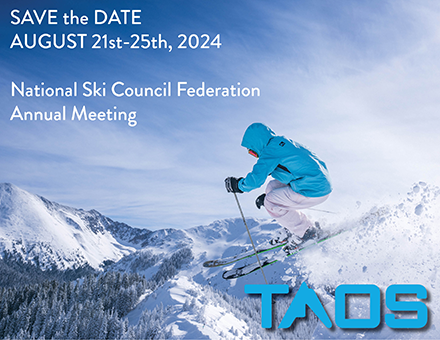10 U.S. Airports Pilots Don’t Like Flying Into
And why.
To the average traveler, New York’s LaGuardia and tiny Bert Mooney Airport in Butte, Montana would appear to have little in common. Yet according to data, they do: Both made the list of the U.S.’s top ten white-knuckle airports for pilots compiled by Honeywell Aerospace, the avionics unit of the manufacturing conglomerate, which is developing tools to make these airfields a little less daunting. For the study, released in March, the company drew on data from its own team of test pilots, plus the larger pilot community, the Federal Aviation Administration, and other aviation experts.
According to Honeywell test pilot Nate Turner, what they share are a trio of factors that can make landings particularly tricky. “It’s a combination of terrain, the airport environment (including runway length and airspace congestion), and the weather,” Turner tells Condé Nast Traveler.
Aspen, in fact, is considered to be the trickiest commercial airport to navigate in the entire U.S., according to Turner, who formerly flew regional jets for American Eagle. “It’s definitely at the top of any list of challenging airports,” he says. “There are a lot of factors that make it difficult—the high altitudes, strong winds, and a very steep approach,” he says.
Aspen’s airport gets more flights than any other ski resort in the country, but it’s still a relatively small player by industry standards. By contrast, New York’s LaGuardia, which is among the 20 busiest in the U.S., is daunting for other reasons: its runways are relatively short. A Delta commuter plane recently skidded off the runway there, and last fall, a jet carrying then vice-presidential candidate Mike Pence went off-road there, too. As a result, says Turner, this has complicated by airspace congestion, both of which contribute to worsening delays.
San Diego’s airport poses a different set of hurdles, with a mountain range within a short distance of the runways, requiring pilots to ascend and descend at a steep angle. And Reagan National has congested airspace and some unusual restrictions on flight paths, due to its proximity to the capital.
In releasing the data, Honeywell noted that improving runway safety is a top priority for aviation officials, citing statistics that 41 percent of airline accidents worldwide occur in the runway environment. Many once-common causes of scheduled airline crashes have been nearly eliminated, with the advance of technologies like proximity warning systems to prevent mid-air collisions. But most safety regulators agree that at airports there’s still room for improvement; in fact, the FAA has its own, even longer list of difficult airports, both in the U.S. and abroad. On scheduled flights operating at these facilities, the pilot in command is required to get special training.
There are now new tech tools available to improve flight safety at these airports; for example, Honeywell in the past year has come up with a mobile app for pilots that gives a 3-D view of their flight path on their iPad before they takeoff, which can help them prepare for difficult landings (it also provides real-time weather updates). Another breakthrough is Synthetic Vision, which at times of low visibility displays the digital equivalent of a “breadcrumb trail” that leads into an airport, Turner says. And Delta Air Lines partnered with BCI, a Virginia-based military contractor, to develop an app to pilots detect and avoid turbulence. Passengers will notice the benefits of many of these tools, too. “As technology evolves, the quality of their ride will improve,” says Turner. “It will make for a smoother flight.”
Most Challenging U.S. Airports
1. Aspen-Pitkin County Airport (Aspen, CO)
2. Laughlin/Bullhead International Airport (Bullhead City, AZ)
3. Bert Mooney Airport (Butte, MT)
4. Yellowstone Regional Airport (Cody, WY)
5. Ronald Reagan Washington National Airport (Washington D.C.)
6. Juneau International Airport (Juneau, AK)
7. LaGuardia Airport (Queens, NY)
8. Mammoth Yosemite Airport (Mammoth Lakes, CA)
9. San Diego International Airport (San Diego, CA)
10. Telluride Regional Airport (Telluride, CO)




